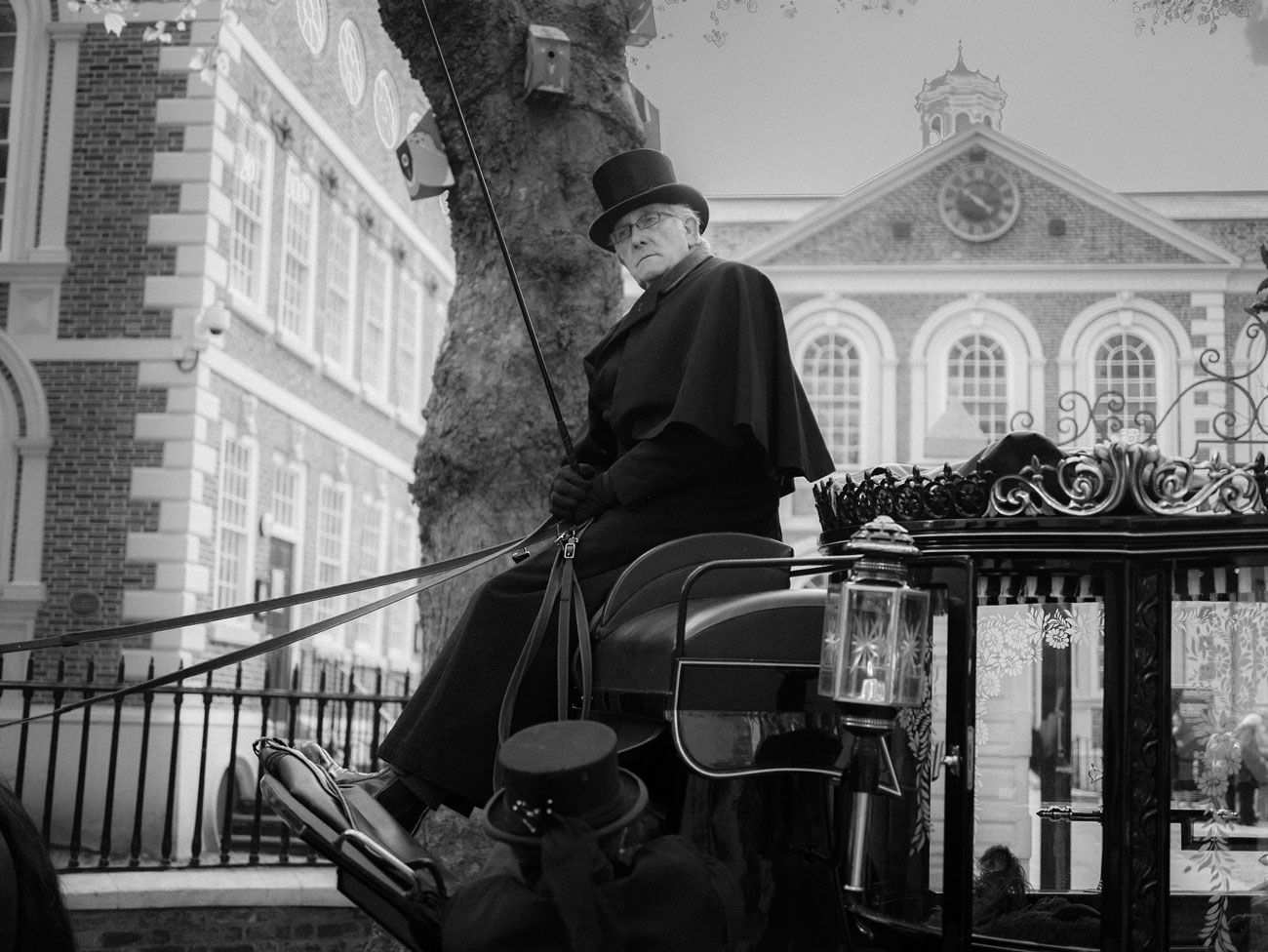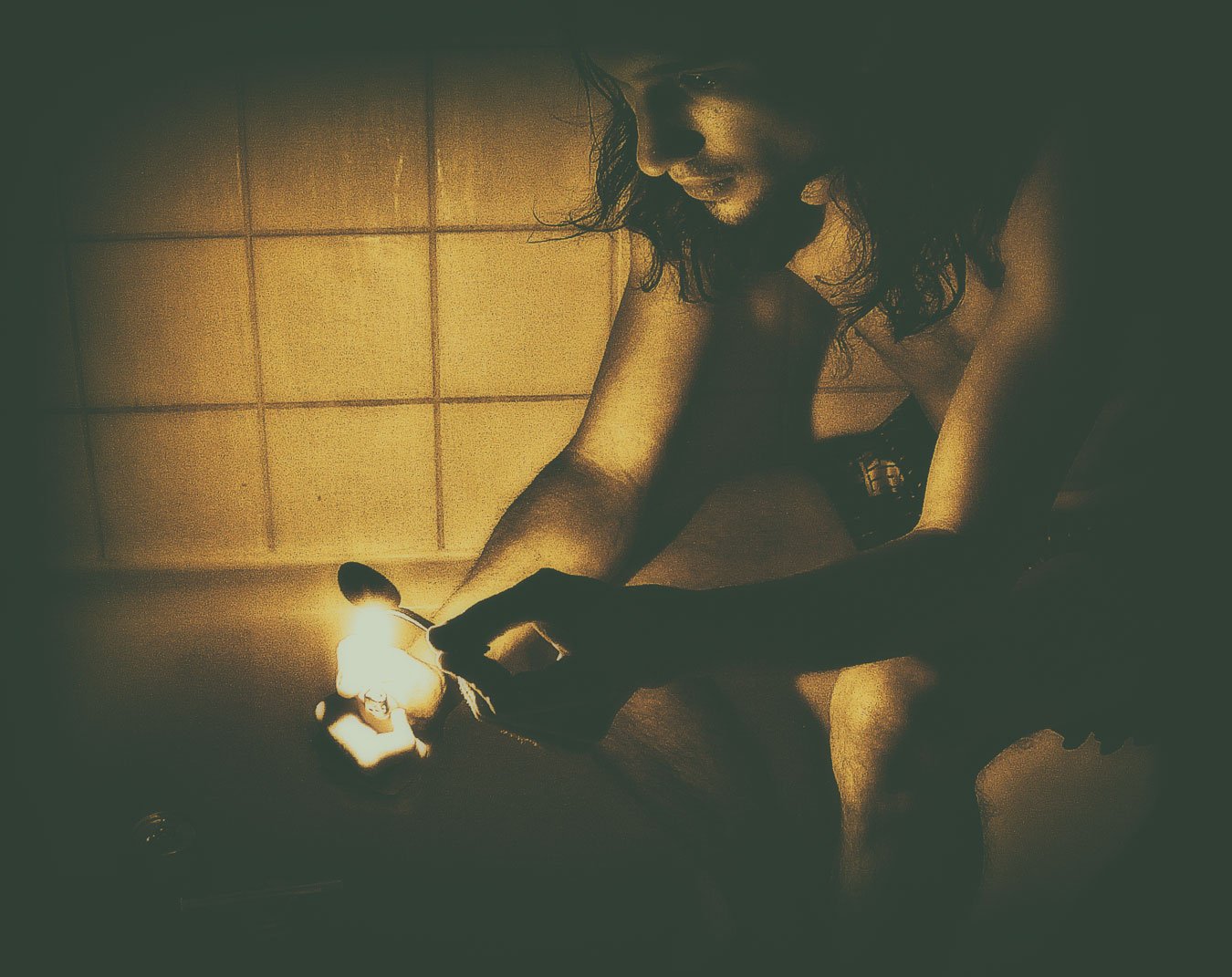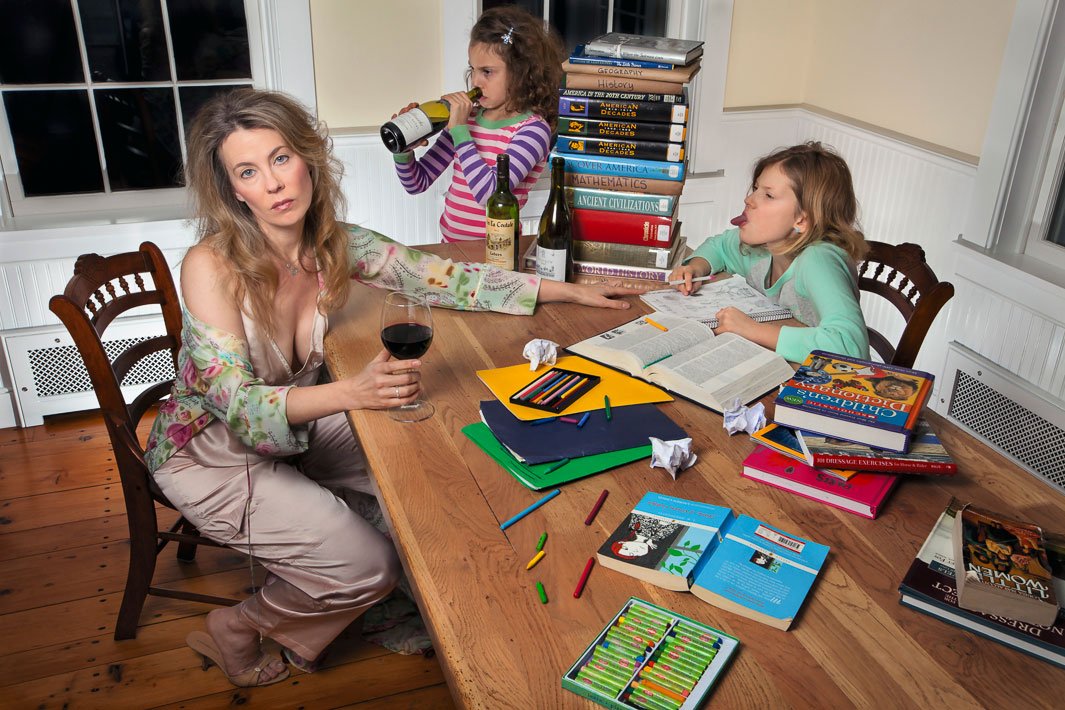Let’s be honest, Renaissance art can be boring.
We’ve all taken art history classes and/or sat through tiresome exams where we’ve crammed so many names and dates and mediums into our heads, we’ve vomited oil on canvas for eight months straight. We’ve all been dragged around Europe with our parents and seen enough Madonna and Childs and Annunciations and Flagellations to turn us all into apathetic atheists or torture us through all nine circles of Hell. Even with historical context or the most inspiring professors’ analysis to guide an attempted appreciation of a renowned painting, we’ve all found ourselves drifting off into a kaleidoscopic daze of fat cherubs and crucifixions and leaf-covered genitalia. But we can fix this. We can still learn to love these works—and we should—understand why they’ve endured this long, and restore them to their deserved place of honour in a time when the old is being increasingly seen as irrelevant.
Let’s not waste any time: when in New York City, take a minute to visit the Frick Collection. Immediately make your way into the living room and stand in front of Giovanni Bellini’s Saint Francis in the Desert (c. 1480). Try not to pull out your phone. Try not to take any pictures. I know it’s difficult, but try to actually view the painting through the lenses of your own two eyes. Try to expand your ever-shortening attention span. You’ll find that, ironically, there’s something refreshing and new about viewing a several hundred-year-old painting. Especially one you’ve likely not seen before by an artist you may not be acquainted with, whose name only conjures to mind a refreshing cocktail. Mainly because it was created long before everything and all was considered art and all were considered artists, something which has been almost exclusively celebrated rather than looked upon with increasing scrutiny and worry.
You may be too afraid to speak up about this and be judged as ignorant or you may be too invested in the current trends to admit it and yes, there are exceptions—great art and great artists continue to emerge. But broadly speaking, artistic expression has been debased to express the desire of the market and not that of the artist. The pursuit of beauty is looked down upon as superficial instead of spiritual, and preference has been given to the grotesque or to the shocking or to the overtly conceptual, possibly because the uglier or more unsettling or more meaningless something is, the easier it is to give meaning to it. In other words, the easier it is to sell.
In the face of this, the artist has become but a meek, puppet ruler. Their role as creator and innovator and proud bearer of civilization has been usurped by the critic and the collector who control the market, for whom the artist is forced to slave like a nameless craftsman for their petty pay and perhaps small portion of fame. This can unfortunately be seen in all seven arts—or eight, should we choose to include our friendly cartoonists. For example, the writer now largely works for the agent and publisher, who are looking to make a profit on the teeming masses of the less informed—the majority of the population—and not vice versa. Only a brave, fortunate few have escaped this backward system for reasons that remain a mystery. Likely it’s due more to their fortune than their bravery.
So, let’s briefly go back to a time when only those who were sent away from home as children to be apprentices to established men and women of their trade were considered artists. When they went to pursue art their entire lives, rather than to explore some adolescent awakening or take advantage of the fruits of their privileged lives. When the retired merchant who dabbled with paint remained a retired, dabbling merchant, and technique was a fundamental instrument of expression, a foundation for aesthetic discovery—not a tedious, unnecessary, and outdated element of art, one too difficult and time consuming to master. Before instant gratification, when each brushstroke was treated with care, and paint was not simply thrown on the canvas as a vague personification of mood. When the past was looked upon with respect and studied for the innumerable lessons it has to offer, rather than discarded in favour of the contemporary or recent. When there was a tragic, noble willingness to sacrifice health and happiness in the near-impossible pursuit of succeeding in the arts, rather than the adoption of a self-imposed Bohemian lifestyle to simply fit the part; no artist actually wanted to die filthy, impoverished, and hungry.
In those days, by contrast to our own, art spoke for itself; it didn’t need the voice of another—except perhaps a few wealthy Cardinals—to grant meaning to it. This was in many ways art’s intention: to accurately depict the stories of the Bible for the illiterate, granting them a clear subject for their veneration. An artist’s success was therefore in direct correlation with their work’s ability to teach and inspire, and the recurring images they painted and sculpted were familiar enough for all to judge their effectiveness in this respect. This meant the world was not saturated with nobodies nudged on by a critic or a well-connected relative or lover. This meant there was less room for the mediocre, and always a desire for the artist to innovate and build—to find new, better ways to depict what had already been seen a million times—and not to destroy.
Obviously, it’s easy to glorify the past having not experienced all its many plagues and vices.
Memory, even that which extends beyond our own recollections, has a way of casting a beautiful sheen on all that came before. So, let’s simply rebirth ourselves in a time before we began to mock the artist by creating their hollow copies in smocks and carefully-applied paint-spattered jeans. Before the caves of Lascaux were painted. Before all art other than the earth and sky existed. Let’s strip away all context and experience Bellini’s Saint Francis as a pure, dumb viewer. As an illiterate, uneducated worshipper. As a floating mind with eyes armed only with the purest elements of our humanity: sensibilities, emotions, feelings.
See now that you’re not forcing yourself to admire a painting that you’ve been told to admire, like the Mona Lisa, while caught in a stampede of a million tourists precariously wielding selfie sticks. See that you’re not viewing something only to Instagram it, prove you were there, check it off a bucket list. See that you actually feel something purely out of your own visual experience, an indescribable stirring of heart or soul or brain that all art should attempt to instil, but that so few attempt and even fewer succeed in instilling.
See Francis of Assisi: a sudden disturbance has pulled him from his desk, his days of study and contemplation ending in wonder. He hasn’t even bothered to put on his sandals or use his walking stick—barefoot he’s hobbled his way out from under his awning to embrace a beam of golden light that spills from above. Unlike the sun which illuminates the shepherd and his flock and the city in the background, this light does not obey the laws of nature. It strikes like a spotlight, fossilizing everything it touches, as if in pristine amber: the delicate length of string that serves to ring the monk’s doorbell; the laurel tree, which glows as brightly as bulb; the rocks and fallen leaves and surrounding foliage, which are stilled in their final fluttering, never to be again blown by the soft wind that passes through these hills; Francis himself, who is frozen in that precise moment when fear gave way to awe, and he transcended from devout man to sacred demi-god, to saint.
And yet, his mortality remains entirely intact, and we don’t need the memento mori to tell us this—there is no bright halo to signify his divinity. His palms have the slightest indication of stigmata, but they remain elegantly unbloodied; God’s touch is but an impression on the skin, a delicate reminder, not a painful awakening. Francis’ experience is naturalised, his inspiration as much divine as secular. He remains part of the realistic, familiar world, which needs no explicit supernatural motifs to be the ultimate representation of a higher, sacred power, whether this be God or Mother Nature.
You’ll now notice how you feel a kind of vertigo, to paraphrase Italo Calvino, and how you begin to plunge from one world to another.
First, from that in which you live to its near perfect representation on the canvas. You aren’t in any specific time or place, you’re simply on earth with all its familiar details: a blue sky, fragrant greenery, faceless passerby. Nothing is out of the ordinary except that you notice how everything is made up of nearly invisible brushstrokes. Look closely where a hint of the canvas reveals itself between these brushstrokes and then fall again, this time into the Italian countryside of the fifteenth century, the one which Bellini was observing as he painted Saint Francis. The brushstrokes have now vanished, and all is smoothed over, engineered and constructed by an unseen hand. The world is familiar; you realise how not too much has changed in six hundred years. Evolution is slow, and some places—especially Italy—have a knack for seeming to stop it entirely. Inhabit this space for a while. Notice how quiet it is. Enjoy the fertile land outside of the walled, medieval city. Wander through some vineyards, steal some grapes, hear the chirping of the birds, feel the warmth of the Mediterranean sun on your skin. Inhale the scent of cypress and lavender and the city’s raw sewage and livestock and the sweat of the nearby shepherd who drives his flock on.
Before you get too comfortable or uncomfortable, eat one of the grapes and fall a third time, now in the very same spot two hundred years earlier, when Francis himself was living. Again, notice how little has changed. See and smell the same city and another shepherd, this one almost identical to the first. Like his ancestors and his descendants, he urges on his flock as he will do every day until his death. Yet today is slightly different. Today, right now, something catches his attention. For the first time in his life he forgets his flock and looks over his shoulder to where he sees an old man standing on a rocky outcrop. He’s heard rumours about this old man. He’s holy, some have said. He’s a heretic, said others. Whatever he is, he’s different enough that the shepherd hasn’t ever ventured too close, and his cowardice is suddenly justified, as what he sees he can’t quite explain, and neither can you:
Above the old man a second sun bursts through the clouds, one far brighter and warmer than the first. In fear, the shepherd turns away to be reassured by the comforting faces of his sheep, condemning himself the chance to transcend from his current, monotonous state; we all have this potential, but few are courageous enough to plunge into the unknown. As it is for the shepherd, fear is the root of ignorance—it keeps us where we originated, unchanging and mundane. You don’t do as he did—for once you’re not afraid. You make your way over to the old man’s side and now find yourself struck by the same light that’s unlike any other you’ve ever seen. Unlike even that which bathed the horizon that one night in Tulum, when you half-drunkenly declared no sunrise or sunset would ever compare. You don’t turn away as the shepherd does. In an attempt to find the source of this light you follow the old man’s gaze and, like him, you too are suddenly filled with a feeling you can’t describe as it transcends language and expression and exists only in the place in which you’ve found yourself.
Blinded by the glare you fall a fourth time and land where you’d stood not a moment before. You believe all is as it was: the city stretches off into the distance, the hills roll on infinitely to the horizon, the shepherd stands amongst his flock, the old man is by your side. But then you realise something is different: everything glows in a blue-green hue within which earthen browns transition into subtle gold, and everything is still. You too are fossilised within the amber.
You can’t linger in this place for long and fall once more.
You’re back standing in the living room of the Frick, staring at your feet. As if awaking from a powerful dream you recall everything that has just transpired and quietly question your sanity. You feel different, unsettled; you’re not quite yourself and the real world is not quite real. A loud tourist walks by shouting for his wife, but otherwise your ears pick up nothing more than a soft hum, which drowns everything else out and solidifies your uneasy state. Then your hearing returns, and all settles to normality.
You look up again at Bellini’s Saint Francis. You notice how perfectly balanced this painting is. Not simply in composition and colour but between the heavenly and the earthly, the sacred and the profane, the natural and the supernatural. This balance reflects that which exists in the world, where the understandable beckons with safety and familiarity and explicit beauty while the inexplicable lies ever-present beneath the surface of light and in the unseen crevices of the air, tempting your curiosity, testing your courage, and arousing your faith.
Now you realise what has just happened: for the first time, you’ve experienced the true power of art and its ability to stimulate the most delicate and ephemeral, yet essential elements of our being. Congratulations: you’ve done so on your own, without the words of another in your ears or monetary values and comparative prices dictating your experience—the painting is priceless.
Why should there be an attempt to destroy this power? To do so is to destroy the very essence of humanity. Why do we continue to celebrate this destruction, lapping up the words of those who, in order to benefit themselves, cleverly justify the empty abstractions and the exalted mundane created by mediocre artists playing their part and good artists forced into submission? In this manner, we’re no different than those who chisel away the faces of ancient Buddhas or sphinxes.
Before you get on with your life, take a few more minutes to look at Bellini’s masterpiece. Once again, let yourself succumb to its might, which has been crafted by the well-educated, well-guided hand of a master who has harnessed values most of us have chosen to forget rather than uphold as the pillars of our existence. Celebrate this as art and nothing else.





